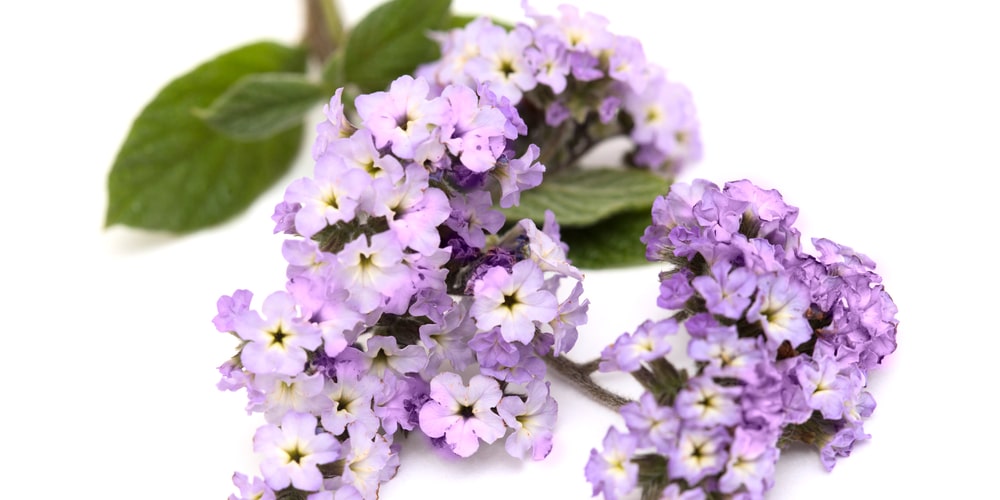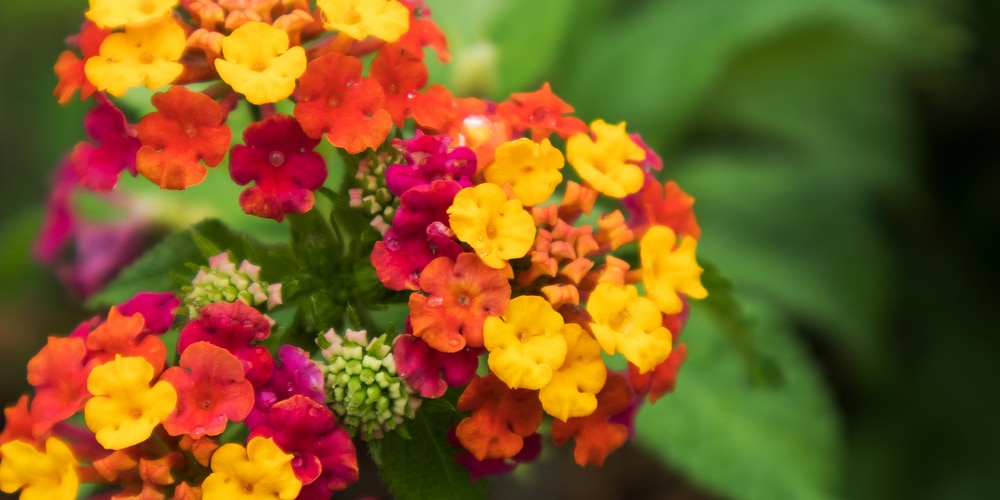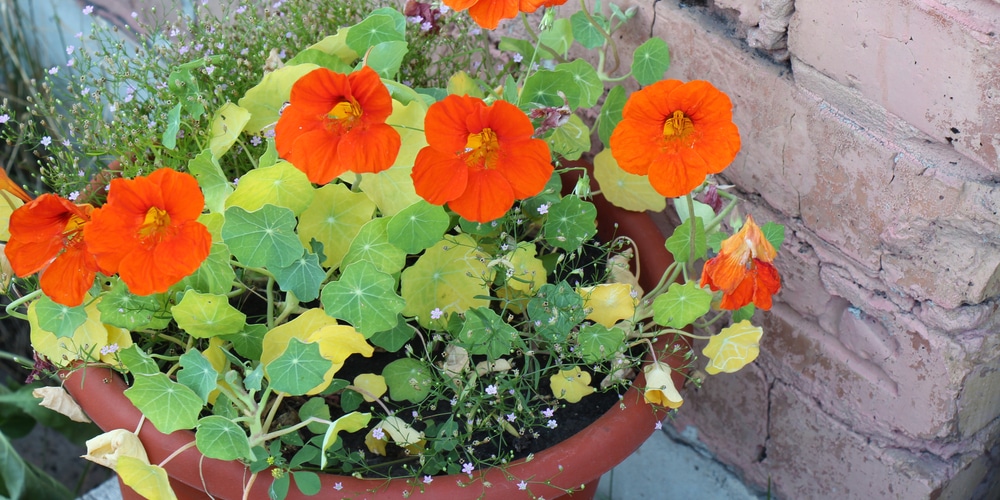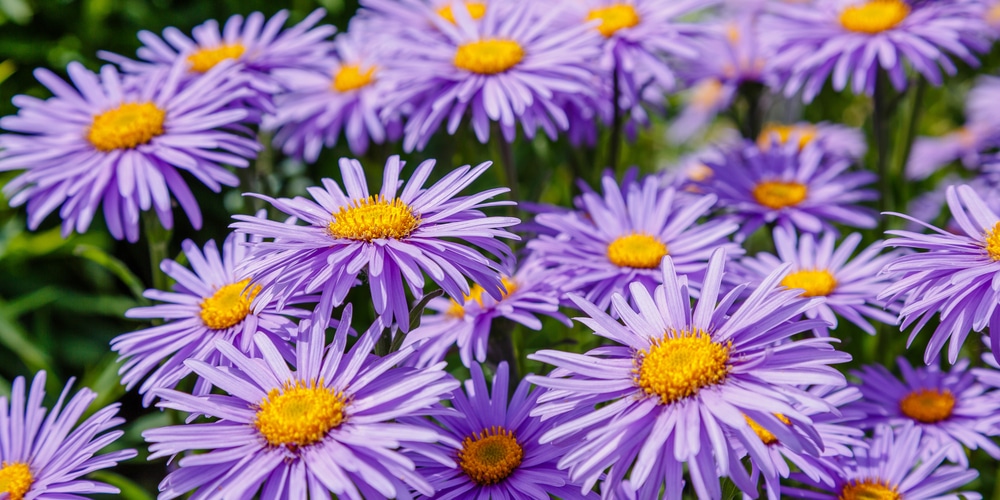Butterfly bush is a beautiful shrub that can make for the perfect hedge plant if you live between hardiness zones 6 and 11. This fast-growing deciduous plant produces stunning purple flowers that grow into a cone shape, which will contribute to making your garden more colorful throughout the summer months. Its blooms attract beneficial pollinators and will help your plants thrive and reproduce.
While all of that sounds like a good thing, you may have to think twice before getting one for your yard. Indeed, this beautiful shrub falls under the “invasive” category in some parts of the country. Some areas even go as far as banning garden stores from selling it.
The good news is that you can look for low-fertility species, which will give you all the good things about butterfly bushes without the aggressive behavior. If you are trying to create a sanctuary for butterflies, butterfly bush (as the name suggests) will help you.
Butterfly Bush Companion Plants
These shrubs are a source of food for butterflies. However, you may want to look for butterfly bush companion plants to host caterpillars too. To learn more about which plants grow well with this aggressive bush, read this essential guide we put together for you.
Heliotrope
Heliotrope, also known as cherry pie or white queen, is a small shrub that pairs wonderfully with butterfly bushes. Its deep purple flowers complement those of butterfly bushes. Plus, both plants require similar care, making it easy for you to grow them close to one another.
The heliotrope flowers’ intense vanilla flavor will attract plenty of pollinators in your garden, which is never a bad thing. Plus, this shrub will make for an ideal companion to butterfly bushes, especially when planted as hedge plants. If you live in a warm region where temperatures get hot in the summer months, consider getting a heliotrope.
However, if you are growing a butterfly sanctuary, don’t forget to add plants that larvae can eat to get regular visits from these colorful insects and support them during their entire life cycle.
Lantana
With mild weather, lantana can be an ideal companion plant to your butterfly bush. Lantanas will give you stunning blooms every month, which will contribute to making your garden more attractive.
Plus, you can find several color varieties, which allows you to create the combination that better suits your taste. Butterfly bush and lantana will thrive under similar conditions, which comes in handy when building a butterfly sanctuary.
If you like the idea of attracting hummingbirds as well, lantana is the best companion for your butterfly bush.
Nasturtium
Nasturtium is a food source for caterpillars. When paired with butterfly bushes, these stunning flowering plants create an optimal environment for these insects. Plus, if you have cabbage plants around, the nasturtium will attract larvae and limit damage to your vegetables.
You can find these plants in vibrant yellow, red, or orange blooms. Nasturium’s bright colors and butterfly bushes together will improve your garden’s aesthetics in ways you never imagined.
Aster
Aster is a sun-loving plant producing stunning daisy-like flowers that you can find in shades of pink, lavender, or blue. Depending on your taste, you can pick plants to contrast or complement your butterfly bushes.
Plus, both aster and the fast-growing bushes can grow symbiotically without competing with one another. You can provide them with similar care for them to thrive. Additionally, both plants attract pollinators that feed on some harmful pests, which can save some vegetables or other plants you may have in your garden from potential damage.
Butterfly Bush Companion Plants: The Bottom Line
Butterfly bushes are low-maintenance plants that won’t require much effort from your side. You can plant them as hedge plants or create a stunning butterfly sanctuary. For better results, pair them with butterfly bushes companion plants that we included in this list. Don’t forget to provide your plant with regular pruning to prevent it from overtaking your garden.
Finally, if your objective is to attract butterflies to your garden, consider adding plants that larvae will eat. Indeed, while attracting adult butterflies can make your garden look more pretty, if you want to have a constant income from these insects, you must think about all the life cycle stages they go through.



